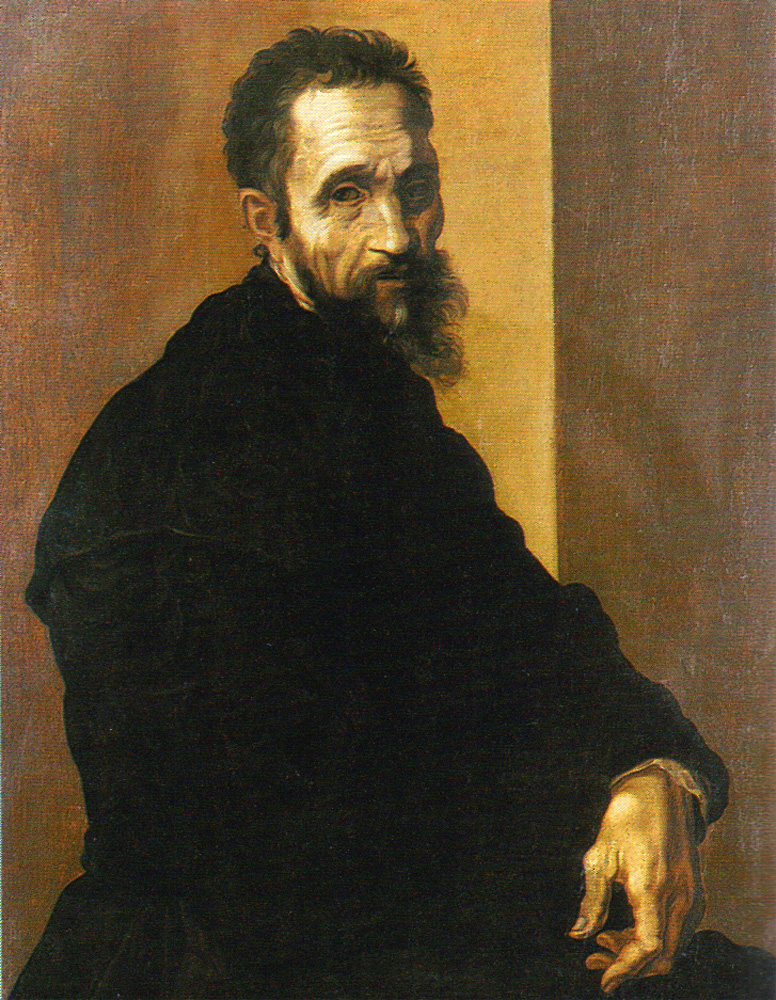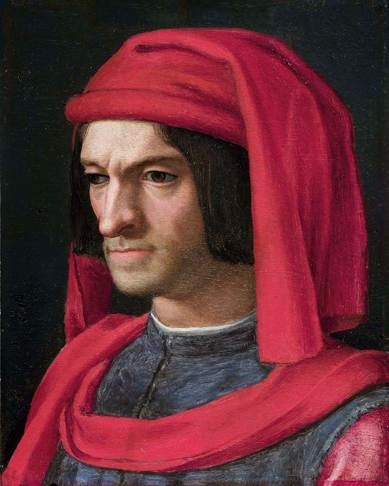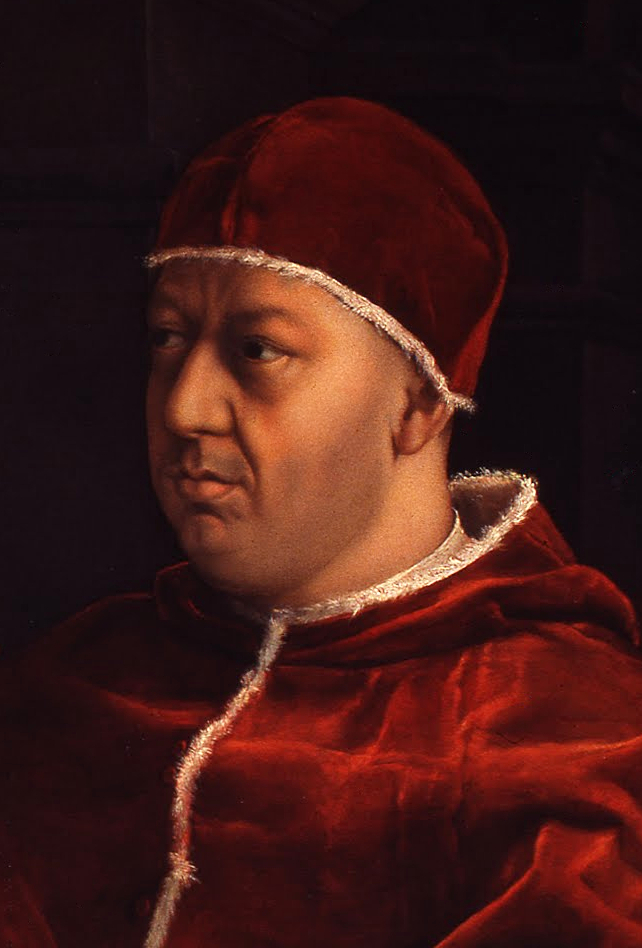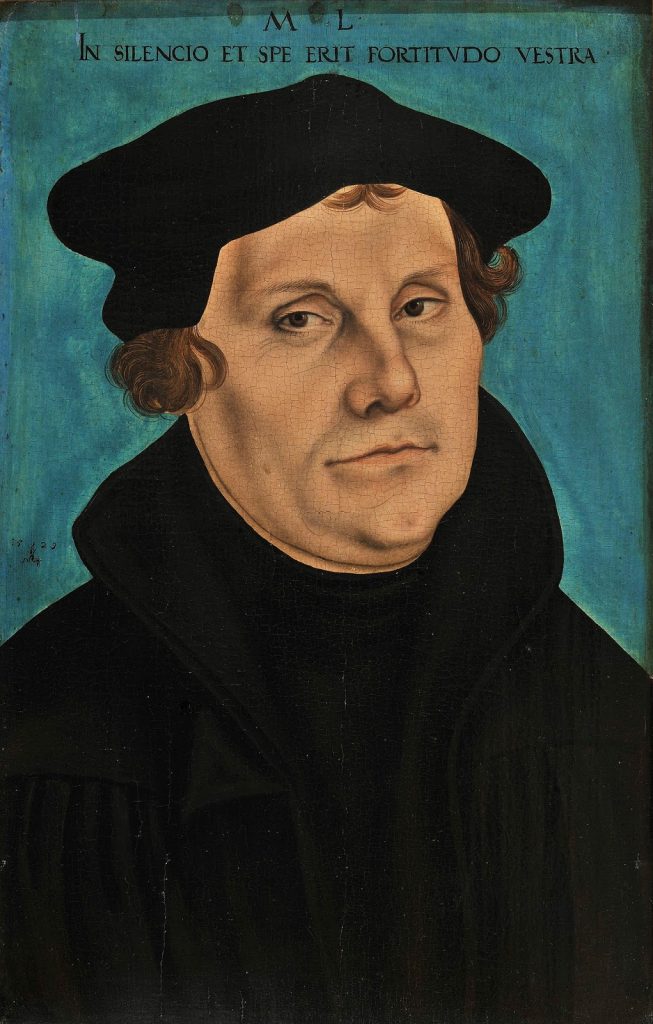The Role of Patrons
A Patron is a wealthy individual who commissions (pays for) works of art & architecture by painters, sculptors, architects and writers.
•Patrons, such as Lorenzo de Medici, paid artists to create works of art for their city-states
•De Medici paid scholars to go to Greece to find manuscripts to fill his library in Florence
•De Medici’s family had made their fortune in banking
•Lorenzo paid scholars, writers and scientists to fill his library
•Other city-states competed with Florence and hired artists to create works of art

Michelangelo 
Lorenzo de Medici 
Botticelli
‘Il Magnifico’
(1449 – 1492)
Lorenzo de Medici, otherwise known as ‘Lorenzo the Magnificent’ was a scholar, diplomat, businessman and patron of the arts. An incredibly powerful and influential ‘de facto’ ruler of Florence, he invested an enormous amount of money and time in developing the artistic and aesthetic nature of Florence. Lorenzo was a patron to both Michelangelo and Botticelli.
Patronage & Protest: The Legacy of New Perspectives
The de Medici family had loaned money to the papacy since the time of Cosimo de Medici, Lorenzo’s grandfather. This gave Lorenzo great influence with the Papacy. Lorenzo’s son, Giovanni, became a cardinal before being ordained Pope Leo X. Pope Leo X would be the one to excommunicate Martin Luther after his refusal to recant his ’95 Theses,‘ a document that became famous due to its widespread reproduction by Gutenberg‘s printing press.


